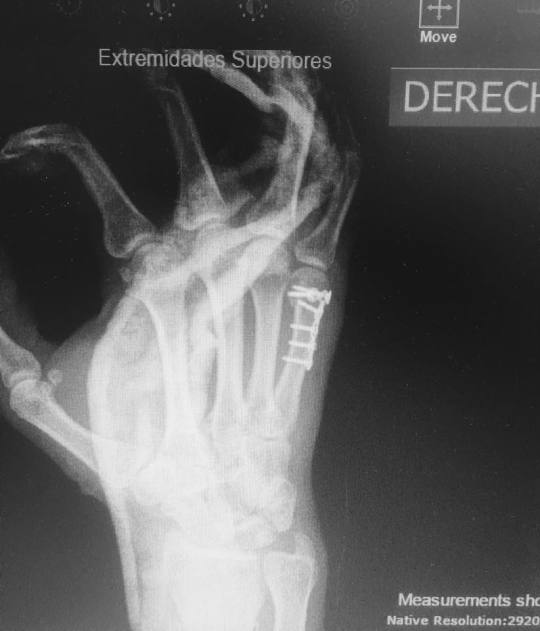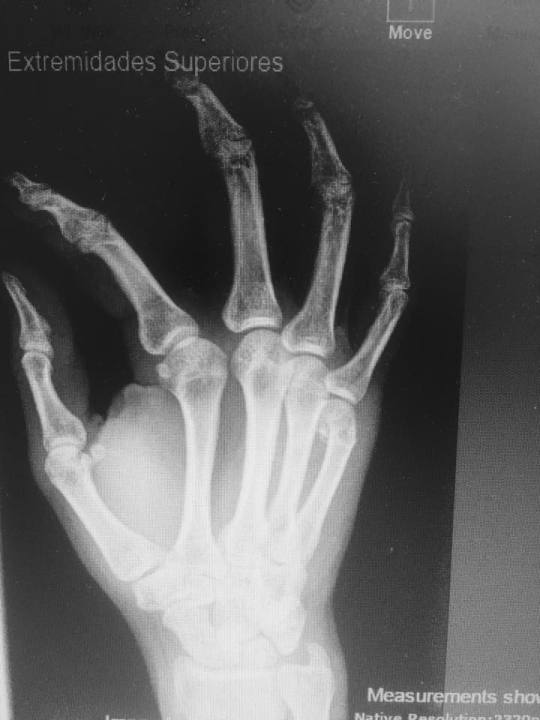| ||||||||||||||
|
jueves, 23 de febrero de 2017
Vía aérea / Airway
miércoles, 22 de febrero de 2017
El ácido lisofosfatídico proporciona un eslabón perdido entre la osteoartritis y el dolor neuropático articular
Lysophosphatidic acid provides a missing link between osteoarthritis and joint neuropathic pain
Fuente
Este artículo es originalmente publicado en:
Este artículo es originalmente publicado en:
De:
2016 Sep 17. pii: S1063-4584(16)30279-5. doi: 10.1016/j.joca.2016.08.016. [Epub ahead of print]
Todos los derechos reservados para:
Copyright © 2016 Osteoarthritis Research Society International. Published by Elsevier Ltd. All rights reserved
Abstract
OBJECTIVE:
Emerging evidence suggests that osteoarthritis (OA) has a neuropathic component; however, the identity of the molecules responsible for this peripheral neuropathy is unknown. The aim of this study was to determine the contribution of the bioactive lipid lysophosphatidic acid (LPA) to joint neuropathy and pain.
CONCLUSION:
Intra-articular injection of LPA caused knee joint neuropathy, joint damage and pain. Pharmacological blockade of LPA receptors inhibited joint nerve damage and hindlimb incapacitance. Thus, LPA is a candidate molecule for the development of OA nerve damage and the origin of joint neuropathic pain.
ResumenOBJETIVO:
Evidencia emergente sugiere que la osteoartritis (OA) tiene un componente neuropático; Sin embargo, la identidad de las moléculas responsables de esta neuropatía periférica es desconocida. El objetivo de este estudio fue determinar la contribución del ácido lisofosfatídico lipídico bioactivo (LPA) a la neuropatía y dolor articular.CONCLUSIÓN:
La inyección intraarticular de LPA causó neuropatía en la articulación de la rodilla, daño en las articulaciones y dolor. El bloqueo farmacológico de los receptores de LPA inhibió el daño nervioso de las articulaciones y la incapacidad de los miembros posteriores. Por lo tanto, el LPA es una molécula candidata para el desarrollo del daño del nervio OA y el origen del dolor neuropático articular.PALABRAS CLAVE:
Modelos animales; Artritis; Electrofisiología; Nervios articulares; Mediadores lipídicos; Dolor neuropático
Copyright © 2016 Osteoarthritis Research Society International. Published by Elsevier Ltd. All rights reserved.
KEYWORDS:
Animal models; Arthritis; Electrophysiology; Joint nerves; Lipid mediators; Neuropathic pain
PMID: 27651153 DOI:
[PubMed – as supplied by publisher]
Tres libros nuevos / Three vew books
| |||||||||||||
|
Suscribirse a:
Entradas (Atom)




